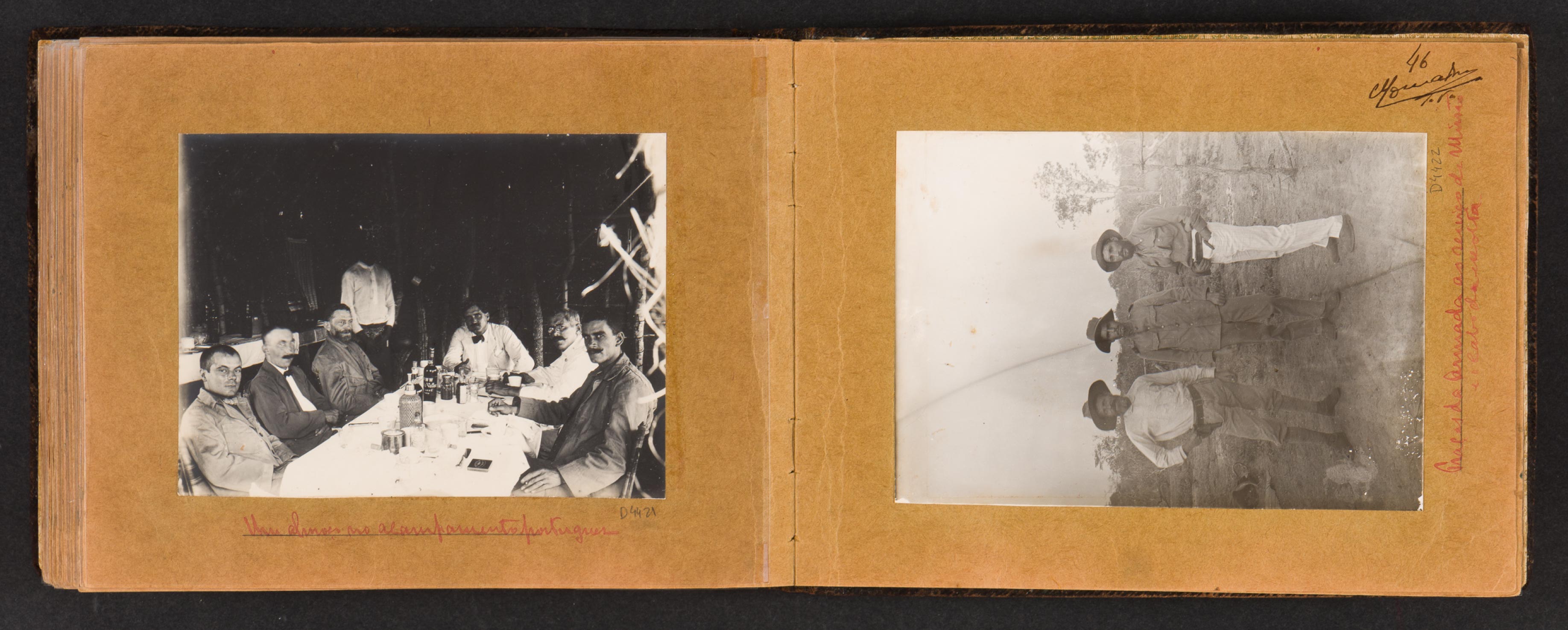Context:
This visual essay results from my activity as a researcher for the academic project:
ICNOVA, Universidade NOVA de Lisboa.
(Project reference: PTDC/COM-OUT/29608/2017).
The project focused on the analysis of the political and communicative affordances of the media under study, their visual culture and historical context. It also addressed the relation of these images to knowledge production in various fields, proposing to integrate other forms of research and outputs.
Art-based research:
As a visual artist and photographer, I proposed to conduct art-based research. For me, this means appropriating the matter(s) through a thought process grounded in sensations. I search for sense nodes that embody and express ideas that in turn lead to the creation of things that articulate technical, formal and conceptual aspects. These are not independent from each other rather they influence and determine one another.
The notes I include in this piece intend to contextualize the relevance of the fragments: an image, a shape, a movement, a conversation, a section of text or a single word become relevant when they point to ideas and affects; to something worthy of being pursued because it leads to an empathetic connection, a grasp on the reality being investigated, an understanding.
The work intends to reflect upon history and colonialism, considering power dynamics, cosmology and culture and the enduring phanthoms that haunt us still today.
Soraya Vasconcelos
This visual essay results from my activity as a researcher for the academic project:
ICNOVA, Universidade NOVA de Lisboa.
(Project reference: PTDC/COM-OUT/29608/2017).
The project focused on the analysis of the political and communicative affordances of the media under study, their visual culture and historical context. It also addressed the relation of these images to knowledge production in various fields, proposing to integrate other forms of research and outputs.
Art-based research:
As a visual artist and photographer, I proposed to conduct art-based research. For me, this means appropriating the matter(s) through a thought process grounded in sensations. I search for sense nodes that embody and express ideas that in turn lead to the creation of things that articulate technical, formal and conceptual aspects. These are not independent from each other rather they influence and determine one another.
The notes I include in this piece intend to contextualize the relevance of the fragments: an image, a shape, a movement, a conversation, a section of text or a single word become relevant when they point to ideas and affects; to something worthy of being pursued because it leads to an empathetic connection, a grasp on the reality being investigated, an understanding.
The work intends to reflect upon history and colonialism, considering power dynamics, cosmology and culture and the enduring phanthoms that haunt us still today.
Soraya Vasconcelos
About this visual essay:
Between 1890 and 1930 the Portuguese government launched various border delimitation missions with the intent of marking the limits of the African territories agreed upon during the Berlin conference of 1884-1885. The proceedings were reported upon through written and photographic documents.
![IICT-MGG-Album12 p.49]()
IICT-MGG-Album12 p.49
The starting point was an image from the photographic album of the Portuguese border delimitation mission of a section of the Angolan/Congolese (DRC) frontier (Dilolo). The image shows a commemorative lunch at the Portuguese camp on October 5, 1914, the Portuguese national holiday that marks the end of the monarchy and implementation of the Republic. Sitting at the table are six white men – the three commanding officers from each colonial power, Portugal and Belgium. Standing at the back of the construction that serves as a dining room, is a black servant. His head, merged into the background, is invisible.
From the original glass negative of this shot, it was possible to retrieve the traits of the man’s features; the image was reprinted, cut up and reworked in various manners including collages and a short animation photo essay:
O Festim [the Feast]
Here, a small paper theater is the “stage” where the actions take place. It acquires color and becomes fanciful and unreal. The present web-based experiment is yet another rehearsal in the reworking of this image, the thought processes it initiated and the possibilities of showing the research.
Between 1890 and 1930 the Portuguese government launched various border delimitation missions with the intent of marking the limits of the African territories agreed upon during the Berlin conference of 1884-1885. The proceedings were reported upon through written and photographic documents.

IICT-MGG-Album12 p.49
The starting point was an image from the photographic album of the Portuguese border delimitation mission of a section of the Angolan/Congolese (DRC) frontier (Dilolo). The image shows a commemorative lunch at the Portuguese camp on October 5, 1914, the Portuguese national holiday that marks the end of the monarchy and implementation of the Republic. Sitting at the table are six white men – the three commanding officers from each colonial power, Portugal and Belgium. Standing at the back of the construction that serves as a dining room, is a black servant. His head, merged into the background, is invisible.
From the original glass negative of this shot, it was possible to retrieve the traits of the man’s features; the image was reprinted, cut up and reworked in various manners including collages and a short animation photo essay:
O Festim [the Feast]
Here, a small paper theater is the “stage” where the actions take place. It acquires color and becomes fanciful and unreal. The present web-based experiment is yet another rehearsal in the reworking of this image, the thought processes it initiated and the possibilities of showing the research.